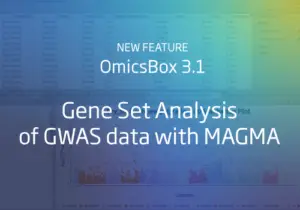
Genome Completeness Assessment with BUSCO
Constructing a high-quality genome assembly is a complex and challenging process. De novo assemblies often suffer from fragmentation, gaps, and various types of assembly errors, which can compromise downstream analyses. Ensuring the completeness and accuracy of these assemblies is essential for robust biological insights. This is where BUSCO (Benchmarking Universal Single-Copy Orthologs) comes into play. BUSCO is a widely used










